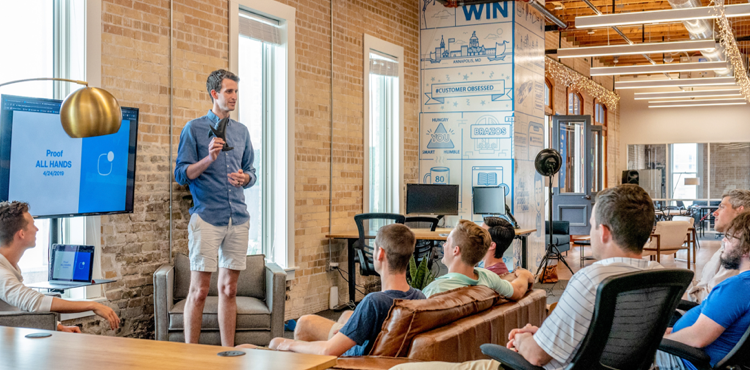Search engine optimization can feel like a constantly moving target. Google updates its algorithm, competitors tweak their content, and suddenly your site drops three pages in rankings overnight. The good news is that SEO is still one of the most powerful and cost-effective ways to drive long-term traffic and leads. The better news is that it’s not as complicated as most people make it.
This case study breaks down how a local service-based business improved its SEO using a clear, focused strategy that didn’t involve hiring an agency or sinking into technical chaos.
The Starting Point
The business had:
-
A clean Elementor-built website
-
A few blog posts written over a year ago
-
No SEO strategy
-
Very little organic traffic
They were relying heavily on paid ads, yet still struggling to generate leads from their own website. SEO was an afterthought, and it showed.
Step 1: Real Keyword Research
We stopped guessing what people might search for and looked at actual data. The focus shifted from broad, high-competition terms like “solar energy” to more specific, intent-driven keywords like:
-
Solar installers in [city]
-
Solar tax credit Missouri 2025
-
Is solar worth it in Springfield MO
We used tools like Google Search Console, Ubersuggest, and manual Google searches to find the gaps and identify low-hanging fruit.
Step 2: Fixing the Content
Content was rewritten to be clearer, more targeted, and aligned with the keywords we found. This included:
-
Updating the homepage with a stronger H1 and localized keyword
-
Turning generic service pages into location-specific lead generators
-
Improving the About page to build trust and authority
-
Linking related pages internally to strengthen the site structure
Old content that wasn’t ranking was either optimized or deleted. Every piece of content had to earn its place.
Step 3: Speed and Mobile Optimization
The site looked fine on desktop but loaded slowly on mobile. That was a problem. We addressed it by:
-
Compressing images
-
Minimizing CSS and JavaScript using WP Rocket
-
Using Elementor’s mobile view to optimize layout and spacing
After these changes, the mobile page speed score jumped from the high 30s to the high 80s. That gave us an immediate boost in rankings and usability.
Step 4: Getting Backlinks the Right Way
We avoided spammy backlink services and focused on relevance. That included:
-
Listing the business in quality local directories
-
Partnering with nonprofit organizations for joint content
-
Publishing blog posts on industry-related sites
-
Reaching out to local media for coverage of events and promotions
One backlink from a local newspaper did more for rankings than a dozen blog posts ever could. It’s not about volume. It’s about trust.
The Results
Within four months, here’s what changed:
-
Organic traffic doubled
-
Ranking keywords increased from 47 to 211
-
Three core service pages hit the top three positions on Google
-
Paid ad spend was cut by 35 percent with no loss in lead volume
This wasn’t rocket science. It was consistent, focused work based on actual search behavior and solid site structure.
What You Can Take Away From This
-
Start with the questions your customers are actually asking
-
Build content that answers those questions clearly and completely
-
Optimize your site’s speed and mobile usability
-
Earn backlinks from trusted, relevant sources
-
Stay consistent. SEO is a long game, not a quick fix
If your website isn’t generating leads, SEO is likely the missing piece. It takes work, but it pays off over time. And once it does, you’ll wonder why you waited so long to start.
Learn more at adzen.co


